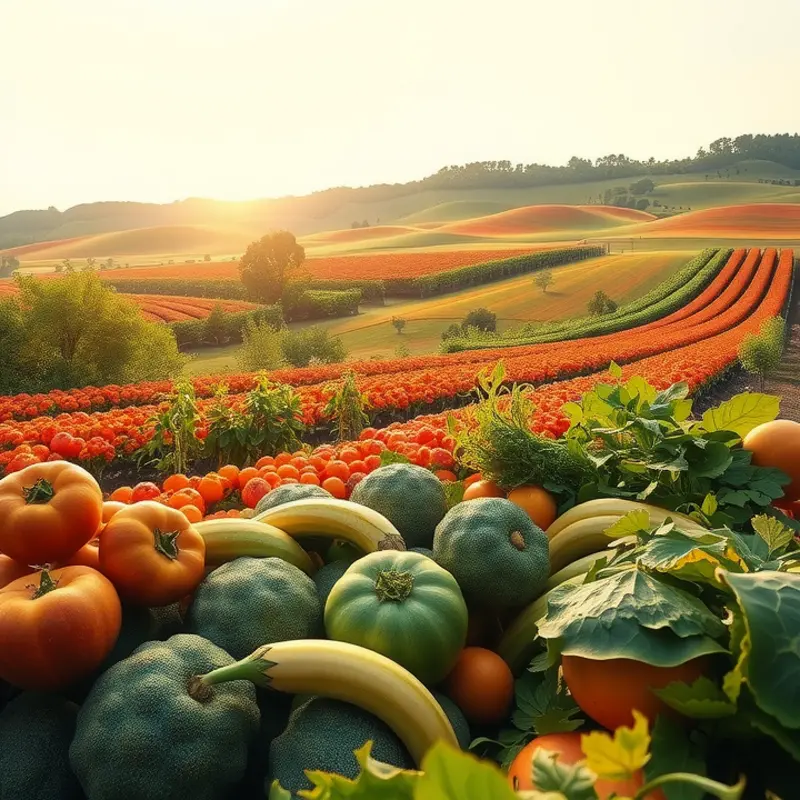Delve into the luxurious world of traditional cooking utensils where culture, history, and flavor converge. Each utensil tells a story, echoing the traditions of its homeland and the hands that crafted it. From a rustic mortar and pestle to the graceful Chinese wok, these tools not only shape our meals but also enrich our culinary narratives. Join us on this culinary adventure as we explore the unique significance of cooking utensils that define various cultures and inspire food enthusiasts worldwide.
The Essence of Cooking: Utensils Steeped in Heritage

Delving into the world’s kitchens reveals a treasure trove of tools, each with a story as rich as the cuisine it helps create. Traditional cooking utensils are more than mere kitchen aids; they are vessels of history and culture, passed down through generations, adapting yet retaining their core essence.
In Japan, the donabe, a clay pot, has been used for centuries to prepare an array of dishes from rice to stews. Its porous nature allows it to maintain a steady temperature, enhancing the flavors of the ingredients within. Originating from the Jomon period, it is often said that each household donabe carries the imprints of countless family meals, making it an heirloom that links the present with ancestral gastronomic practices.
Moving across the globe, the traditional tajine of North Africa is another example of a culturally significant cooking vessel. Its conical shape is not just for aesthetic purposes; it plays a crucial role in producing tender, aromatic stews by trapping steam and circulating it back through the dish. This design, believed to date back to the Berbers, illustrates the ingenuity of early culinary artisans who cooked under the harsh desert sun.
In South Asia, the karahi or kadahi is indispensable. A deep, flat-bottomed cooking pot, it is perfect for cooking curries, stir-fries, and even deep-frying. This utensil embodies the rich tapestry of Indian cuisine, bringing together diverse regional ingredients and techniques. Made traditionally from cast iron, it enriches food with a distinct flavor known only to those who have witnessed the sizzle of spices and vegetables together.
The comal, a smooth, flat griddle from Latin America, is foundational in cuisines that value the warmth of tortillas. It is typically crafted from clay or metal and heated over an open flame. The comal’s history is intertwined with that of maize, illustrating a culinary narrative shared across ancient Mesoamerican cultures. Its role in cooking and toasting ingredients highlights a simple yet profound connection to the land and its harvests.
In Scandinavia, the aebleskiver pan offers a glimpse into Nordic cozy traditions. With its spherical molds, this cast-iron skillet is used to make doughy pancake balls often filled with apples. It excellently embodies the region’s penchant for comfort food prepared around festive tables, reminding us that some utensils bear joyful inclusion in family and community life.
These utensils not only serve practical functions but act as conduits of cultural continuity. Understanding their origins and uses binds us closer to the essence of global meals shared with family and community. To further explore the role of ingredients and their culinary influences worldwide, you can visit this link. Such explorations illuminate the beauty of culinary traditions and the tools that have served as their faithful companions through time.
A Culinary Journey: Cuisines and Their Unique Tools

The journey of culinary tools across the world tells a story rich with heritage and culture. Each tool is not simply a functional item; it embodies generations of culinary tradition and regional specificity. Take, for instance, the Italian cucchiaio di legno—a wooden spoon that is as emblematic of Italian cooking as the sound of boiling pasta. Used for stirring rich sauces and soups, its ability to reach into the deepest corners of pots makes it invaluable for maintaining consistency and flavor. The wooden spoon is cherished for its gentle touch, ensuring that delicate ingredients remain intact.
In France, the mandoline is an indispensable tool for achieving those paper-thin slices that are often seen in French cuisine. Its importance is rooted in precision, necessary for dishes where uniformity elevates both texture and flavor. It transforms humble vegetables into elegant garnishes for a classic ratatouille or the delicate layers of a potato gratin. The mandoline, with its sharp blade, is history held in hand—inviting novice and expert chefs alike to embrace the French love for aesthetics in cooking.
Moving to Asia, the wok is perhaps the quintessential symbol of culinary efficiency and flexibility. Its curved design allows for the even distribution of heat, essential for the rapid frying techniques typical in Chinese and South Asian cuisines. From stir-fries to steaming, the wok’s versatility is unrivaled, making it not just a cooking vessel but a bridge for cultural flavors. Each dish tells a story of innovation and adaptation, rooted deeply in the vast landscapes of Asian culinary history.
In Japan, the sushi mat or makisu may seem simple at first glance, yet it carries the weight of tradition in every roll. Used in the precise art of sushi-making, it helps shape the rice and nori into perfect cylinders, each turn of the mat entwining flavors and craftsmanship that have been honed over centuries. The sushi mat is not just a tool—it’s a ticket to experiencing the meticulous world of Japanese cuisine.
Westward, in the streets of Mexico, you find the molcajete, a tool that dates back to pre-Columbian times. This stone mortar and pestle is crucial for grinding spices and making salsas, enabling flavors to meld naturally. It celebrates a culinary legacy where the preparation process enhances the final taste profile of a dish, reflecting a connection to both land and history.
Culinary journeys also bring sustainability into focus. For instance, a visit to the eco-smart kitchen storage techniques across cultures reveals how traditional tools contribute to a sustainable approach in meal preparations. These utensils, crafted from natural materials, often align with eco-friendly practices. Thus, they not only preserve traditional tastes but also promote a conscious culinary lifestyle.
Each tool is a testament to the intricate dance of tradition and utility, encapsulating the essence of its respective culture. With each slice, stir, or grind, it tells a tale older than any recipe it might prepare.
Final words
In a world filled with modern conveniences, traditional cooking utensils serve as a bridge to our culinary heritage. Each item carries its own deep-rooted story, connecting us to ancient practices and the rich tapestry of global cuisines. By embracing these tools and the stories they tell, food enthusiasts can not only enhance their cooking skills but also engage in a deeper cultural appreciation. As we venture into our kitchens, let us remember that the essence of cooking is not just about nourishing the body, but also about preserving and respecting the culinary traditions that define our cultures.








